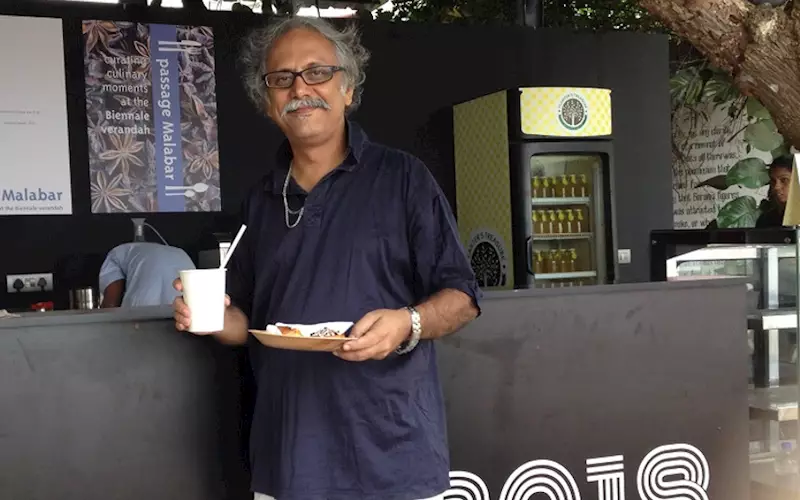Amazon delivers festive surprise with a bountiful box
While concerns over monsoon deficits persist in certain regions, the author highlights Onam's positive outlook for marketers
15 Sep 2023 | By Subhas Warrier
It was the precursor to Independence Day shopping (EOSS) that gave us enough reason to believe that the festive season is poised to end with a bang. The latest easing of inflation, notwithstanding and the continuous revision of the projected GDP growth clearly show that the market is on an upswing. Whether inflation is a result of domestic market conditions or unproven extraneous factors can be left to assumptions and multiple hypotheses in an ongoing debate. Whatever the reason, the GDP must grow at a sustainable level of inflation for growth and inflation to remain within the bounds of economic proclivity.
Over the last week or more, there has been significant news coverage of the festival season, and early signs tell us that consumers are choosing to loosen their purse strings. Although the monsoon deficit in some parts of the country is worrying, the Onam cheers have marketers looking to sound the bellwether heading northward. In Mahabali's state, more than 40% of sales in certain segments like white goods and garments happen during Onam. This pattern is similar across India, showing a higher skew towards the year-end season, albeit not as highly skewed as in Kerala. The other difference being that Onam is just a 10-day period of hectic activity, whereas the rest of the season in India stretches to three months, encompassing Dussehra, Diwali, Christmas, New Year's Eve, and many other special days in between.
After witnessing the catalogue advertising of retailers and the usual array of 'Onam Specials' jostling with front-page wraps, one gets a sense of positivity. Post-Onam sales have already been reported to have grown by 20% to 40% in some high-end categories such as automobiles. Thanks to better infrastructure on roads, everyone is now encouraged to go for SUVs. All signs indicate that the new data from RBI will meet or perhaps exceed these expectations. Economic proclivity can hence be redefined not just as Marginal Propensity to Consume (MPC) but also by adding Relative Propensity to Consume (RPC), which is the value difference between discretionary spending and marginal spending. This will also reflect the relative ease of adding items to the shopping cart rather than going out and shopping.
From a creativity point of view, we mostly see formulaic formats, less imaginative, and more transactional messaging. It can be argued that the market has been disrupted by the Amazons of the world. Given that Amazon commands a significant share of retail advertising spending on digital platforms, it can be said that such a marketplace does not demand much creativity. On the other hand, if one observes, so many new brands have mushroomed overnight by merely being present on Amazon. I was reminded about a convention hosted by the Ad Club Madras in the mid-'90s.
It was called 'Future Shock.' A Dutch speaker at the convention was explaining the origin of the phrase 'Think out of the box.' During the industrial revolution and the subsequent economic boom, most of the products then came in boxes, TV, music systems, refrigerators, washing machines etc. Hence, product innovation meant thinking 'out of the box.' He would not have thought that the biggest innovation since then would still come in boxes—Amazon boxes! E-commerce businesses have created such a monumental array of boxes, both small and large (mostly half-empty, just taking up space) today, and in value terms the growth is evidently strong for Amazon.in and much ahead of it is main competitor Flipkart. However despite shrinking losses in double digit terms they will still take several years to breakeven according to a report published by Entrackr.
If Amazon market place services and the likes has created an economically viable ecosystem for new marketers, a clear and differentiated product proposition is all it takes to sell into a captive target segment. But has creativity been challenged is the question we are asking. While we speak of 'Out of the Box' thinking, if the process is aided more and more by AI and perhaps remotely inspired by a new breed of unicorn creators are we losing our creative sheen?
In the meantime, let us continue to enjoy some clever advertisements from Zomato and Swiggy and a few selective MEME formats until the game plan for the festive season in the rest of India outshines what Onam has shown us so far.
Catch you at the end of this festive season.
The author is Bluesman, Sensibly Weird Company. (Source: Campaign India)











 See All
See All